No products in the cart.
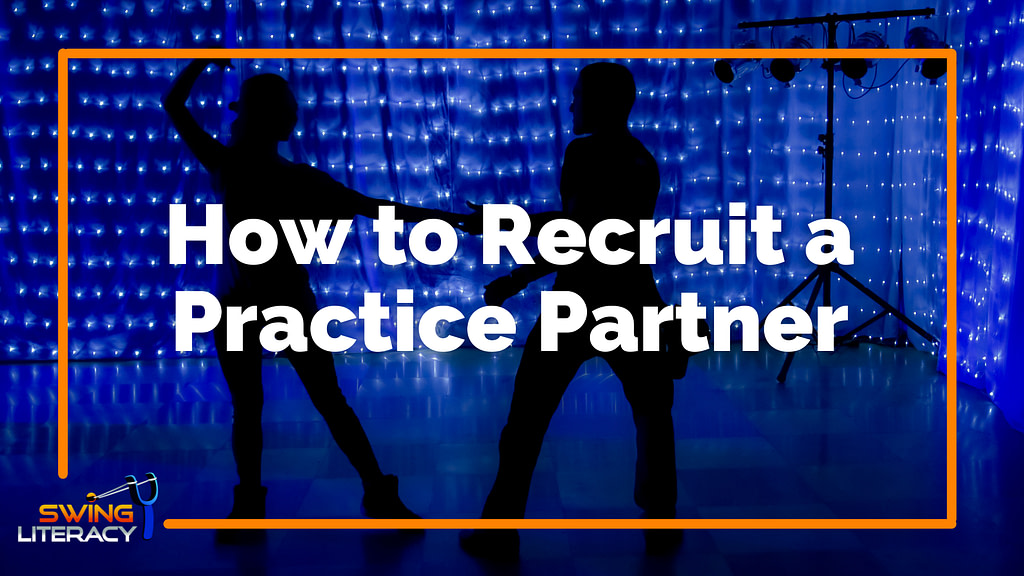
How to Recruit a Practice Partner
Reading Time: minutes remaining
Are you dying to try new techniques you’ve been learning on a partner?
Struggling to find dancers in your area who want to practice?
Need to find the words to approach partners and suggest practicing?
We got you!
Our students are always asking us this, because they are super excited to use all their new skills now in social dancing, but they quickly realize that if they really want to optimize their progress, social dancing isn’t enough - they need dedicated partner practice sessions to apply, negotiate, and refine their skills before getting to the social dance floor.
But finding a partner sometimes can feel like a harder task than learning the new dance skills! So in this article, I explain what kind of partner you need, who to invite, and how to ask.
Plus, I've got some EXAMPLE SCRIPTS you can use to make it easier to figure out what to say!
What kind of partner do you need?
First, understand that you do not need partner monogamy! You might be putting too much pressure on yourself and your partner by assuming you would need to be exclusive to each other like you would if you were doing a routine. Remember this is social dancing, not dating - just as you expect to mix at social dance parties, you can expect to mix in practice sessions too.
Don't be afraid to invite dancers to practice who already seem to be "taken". Just because you know that some people like to practice together, doesn’t mean they can’t or won’t practice with anyone else.
You want to aim for multiple practice partners, so you can diversify your pool of “habits” you dance with and build your adaptability. Which means it’s preferable to practice with partners of a variety of different levels.
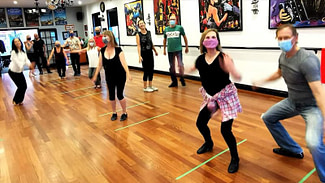
The mistake a lot of dancers make is habitually practicing with someone they consider to be equal with in terms of skill level. Usually this is because they have an imagined limitation of status that dictates they should only practice or dance with someone they “qualify for”.
THIS IS RIDICULOUS.
Why? Because for this social dance hobby, you are good enough to dance or practice with anyone and anyone is good enough to dance and practice with you. Why? Because:
every partner offers something that you can work on.
When our Advanced students need a partner for their lesson and the only person available is Novice, no problem! We have a whole assortment of topics that we can work on at the advanced level that only need a Novice level partner: connection isolation, authentic leading, compensation skills, invitation requests, the list goes on!
Let's do the math: If you have a dance community with 50 people in it, how many of them would you consider to be exactly at your level? Maybe 10? Half leaders, half followers, which means now the field is now down to 5.
Think about it - if you restrict yourself to only practicing with those 5 partners, how are you supposed to improve your skills at dancing with the other 45???
I know you might be thinking, “but I want to practice for competition, with partners in my division who can challenge me?” Competitions are still primarily social dancing, which means you are using mostly the same skillset.

Remember - every partner is challenging in different ways. You find it challenging to cope with some dancers’ bad habits or missing skills, right? That IS the challenge you need in order to build adaptability.
If you avoid these challenges, you will only be proficient when your partner is. That means you’ll only be a conditionally good dancer.
You don’t need to practice 100% with a same-division partner! As long as you can practice at least 25% of the time with a partner in your division, you will not be at a disadvantage. That other 75% is making you wiser, more versatile, and more resilient.
So now, consider all partners in your dance community to be available (or at least all those who fall within your boundaries of personal COVID risk.) Now you can pick and choose from a much bigger pool. Now’s let’s talk about who to target:
Who to invite
You could practice one-on-one, or in a small group. This article is mostly talking about the one-on-one practices. But if you are curious about starting a practice group, be sure to read to the end for a separate article on this!
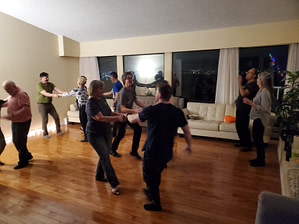
While you technically can practice with anyone, it’s a good idea to avoid setting up a one-on-one practice with anyone who is so far away from your level that you slip into a teacher-student dynamic. Even if neither of you is a teacher, this can happen unintentionally when one partner always seems to be the one explaining things to the partner who doesn’t know it yet.
But that’s for practices. If you have a private lesson with a pro and need a partner, it’s a good idea to invite a Newcomer or Novice dancer so the teacher can coach you on how to compensate for their habits & missing skills.
On the flip side, if you are a Newcomer or Novice dancer, feel free to invite a higher-level dancer to partner you - they are more likely to be interested when there’s obvious value for them, and smart advanced dancers are hungry for any coaching they can get.
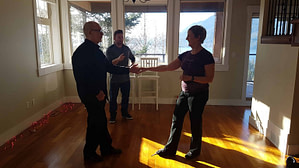
What’s holding you back
I know the prospect of asking someone to practice can cause as much anxiety as asking someone to go on a date, because there might be fear of rejection lurking in the shadows. I get that.
But the trick is, as I mentioned earlier, to disassociate practicing from the expectations of dating. When and if someone says no to practicing, it could be for a whole variety of reasons - they’re under a deadline at work, they are commuting from too far away, they are injured and trying to rest, they don’t have anything they think they need to practice right now… notice how none of these reasons have anything to do with judging you as a dancer or as a person?
So this means that if you get a negative response, don’t take it personally - just move on! If you keep getting declines, you might want to ask you teacher for feedback - they might be able to help you adjust your approach.
Them replying to your message is still a gesture of courtesy, so be gracious about it - thank them anyway and wish them happy dancing, or leave the door open so they can let you know when they change their mind.
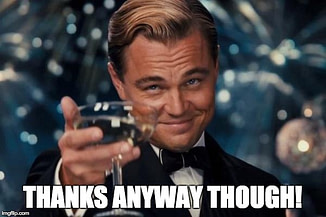
Besides legitimately being too busy, the most common reason potential practice partners decline an invitation is because they don’t actually understand how to practice.
This is because most WCS classes and workshops are the practice and don’t include instructions or training on how to practice outside of class and social dancing. This means that potential partners may be intimidated by the idea of practicing because they don’t know what to practice outside of a class, or how to structure a one-on-one practice effectively.
Side note: "How to practice effectively" is something we train our Swing Literacy students in explicitly inside our Bootcamps and Momentum membership, so they have a very effective formula for exactly what to practice and how, by focusing on skill development and feedback exchange, not just jumping into patterns and social dancing.
So when you invite someone to practice, you’ll need to ease this concern right away to eliminate this obstacle. Explain what goals you have that you are working on, and what practice might look like, so they can get a better idea of what you expect from them.
Depending on who you are inviting, you might also need to address any concern about flirtation. Be upfront and crystal clear about your intentions: Be sure to proofread any messages to make sure nothing you say could be misconstrued as flirting or an invitation for anything more than practicing.

So let’s look at some examples of what you can say to invite a potential practice partner:
How to ask
The goal of your invitation is to open a conversation to discuss more details about a practice arrangement, either one-time or ongoing. You don’t need to describe all the details in the initial message - this could be overwhelming. You just want them to reply with interest so you can talk more.
Personal invitations usually work better than just broadcast posting to everyone. Everyone likes to be personally invited to things. Try to send personal messages via email or social media.
Here’s a formula for personal invitations:
- Say hi and mention their name
- Relevant small talk to make it personal
- Explain what kind of training you’ve been doing (sharing this builds their respect because you are working on your dance)
- Explain that you are looking for partners to practice with (make sure you make this plural so it takes the pressure off)
- Explain that you already have a working practice structure, but that you are open to ideas (again relieves some pressure, but indicates they will have some say in it)
- Mention some more benefits they would get out of practicing (in general) with you (in particular)
- Invite them for what you want them to do (partner for a private, group practice, partner practice, etc)
- Briefly mention your risk tolerance but save the details for the next conversation.
- State how/when you would like them to contact you
Examples (feel free to copy and edit!)
Remember to replace the [TEXT IN CAPITALS]
HI John,
So great that we are finally able to dance again! It was great seeing you on Friday.
I’m reaching out with a specific question: I’ve been working with Myles & Tessa in their Swing Literacy training program all pandemic and am so excited about the progress i’m making, but now I am looking to expand my practice to include partners so I can really apply all the connection skills I’ve been working on.
I was thinking you might be interested in practicing together - I’ve always enjoyed your [CONNECTION/ATTITUDE/ENERGY] and you seem like someone who would appreciate all the invaluable drills I have been getting from this program.
I already have a practice structure that has been working great, but I am always open to new ideas and would love to chat more about this with you.
I’m hoping to schedule some dedicated practice time with one or more [MASKED, VACCINATED, OR OTHER CRITERIA] partners in the next few weeks.
Let me know what you think?
Hi Jane,
Thanks for being my partner in the International Rally! Hey, even though it’s over, I’m wondering how you would feel about continuing to practice together, but just to work on our social dancing?
As I may have mentioned, I’ve been working on my dance this year with Myles & Tessa and there is so much from their Swing Literacy program that I’ve been dying to work on (safely) with a partner because I tried a few things already and they work brilliantly, but I am really looking for some partners to practice with regularly. The program already has provided a structure we can follow and a ton of drills that I think you would love, but I’m also open to any other ideas.
I have access to the flex space in my complex, so I’m wondering if you would like to discuss scheduling a practice session in the next few weeks?
Looking forward to hearing from you!
Hi Cam,
Hey, a few of us have been chatting about getting together to practice and we’re wondering if you’d like to join in?
We’ve been working on some of the drills we got from Myles & Tessa’s Swing Literacy program, and are just loving how well they are working for us. So we want to set up some kind of practice group with people who are interested in working on their dance. I’ve always appreciated your [CONNECTION/ATTITUDE/ENERGY] so ] I think you would really love the connection drills and strategies we can use in our social dancing.
We’re probably going to set up a [MASKED, VACCINATED, OR OTHER CRITERIA] weekend practice time in the next few weeks. Do you want me to include you in the group?
Hi Sam,
Thanks for that awesome dance last night! I’ve been working on some things in my dance lately,, and I was really excited that they seemed to work really well with you!
I was wondering... I have a private lesson coming up with [TEACHERS’ NAME] next week and I was wondering if you might be interested and available to be my partner for the lesson? We’ll be talking about leading and following turns, so even though the lesson is for me, there are likely going to be some gold nuggets for you too. The space is open for 30 min afterward, so if you want we could also practice for a bit after the lesson if you want.
Let me know if Thursday 6pm works for you? Otherwise, I can see if [TEACHER] has more times available.
Broadcast posting:
If you aren’t having any luck with personal messages, you might want to broadcast to a wider audience, especially if you are willing to travel a little.
Here’s a formula for broadcast invitations:
- Add a photo of you having fun dancing (this shows your personality they can expect)
- Start with an attention-getting question
- State your invitation
- Explain what kind of training you’ve been doing (sharing this builds their respect because you are working on your dance)
- Explain that you are looking for partners to practice with (make sure you make this plural so it takes the pressure off)
- Explain that you already have a working practice structure, but that you are open to ideas (again relieves some pressure, but indicates they will have some say in it)
- Mention some more benefits they would get out of practicing (in general) with you (in particular)
- Invite them for what you want them to do (private dummy, group practice, partner practice, etc) and only briefly mention your intended COVID precautions.
- State how/when you would like them to contact you
Examples: (Feel free to copy and edit)
Hey Followers in the Metropolis area!
Are you wanting to dance more and have a patient partner to work on all the juicy stuff we’ve been learning?
I’m here for you! I’m seeking a few practice partners who are wanting to (safely) work on connection skills, musicality, invitation leads, and whatever else we can think of.
When we all social dance, it seems like there’s no time to discuss and experiment and try things again. Which is why I’m excited about having (safe) dedicated practices! I think this is really the missing link that’s going to help us retain more and feel more confident with the new material we are learning.
I’ve been working with Myles & Tessa in their Swing Literacy program so I have a basic practice structure and a ton of drills I think you’ll love, but I’m also open to your ideas.
If this inspires you, message me here and let’s discuss details!
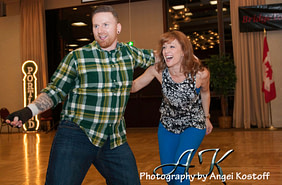
Hey Leaders in the Metropolitian area!
Do you wish you could dance more? Brainstorm ideas with a partner? Spend more time getting new moves in your body?
Do you consider yourself to be someone who takes care of their partner, has a growth mindset, and is interested in #alwayslearning?
Me too! We should practice together!
I'm looking for a few casual partners to (safely) practice with to work on things like connection, musicality, invitation leads, and new material from classes and workshops.
I've already got a basic practice structure and a ton of juicy drills, but I'm always open to ideas.
If this sounds inspiring, message me here and let's discuss details!
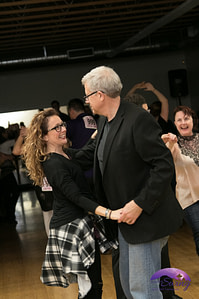
Finally, once you have a response, be ready to negotiate:
- try to predict objections they might have so you have think about how you want to respond in advance
- expect that they might have criteria of their own
- explain that you hope the practice arrangement can be mutually beneficial
- prepare to explain a mini-resume for yourself: what kind of training you have been doing that makes you a more advantageous partner to practice with, so they understand what they can get out of it too.
- be prepared with a few options for space, scheduling, etc.
Hopefully this makes you feel more empowered to go get a partner and get practicing!
Have you successfully recruited practice partners? Share what strategies and messages that worked for you below!
What to read next:
You must be logged in to post a comment.
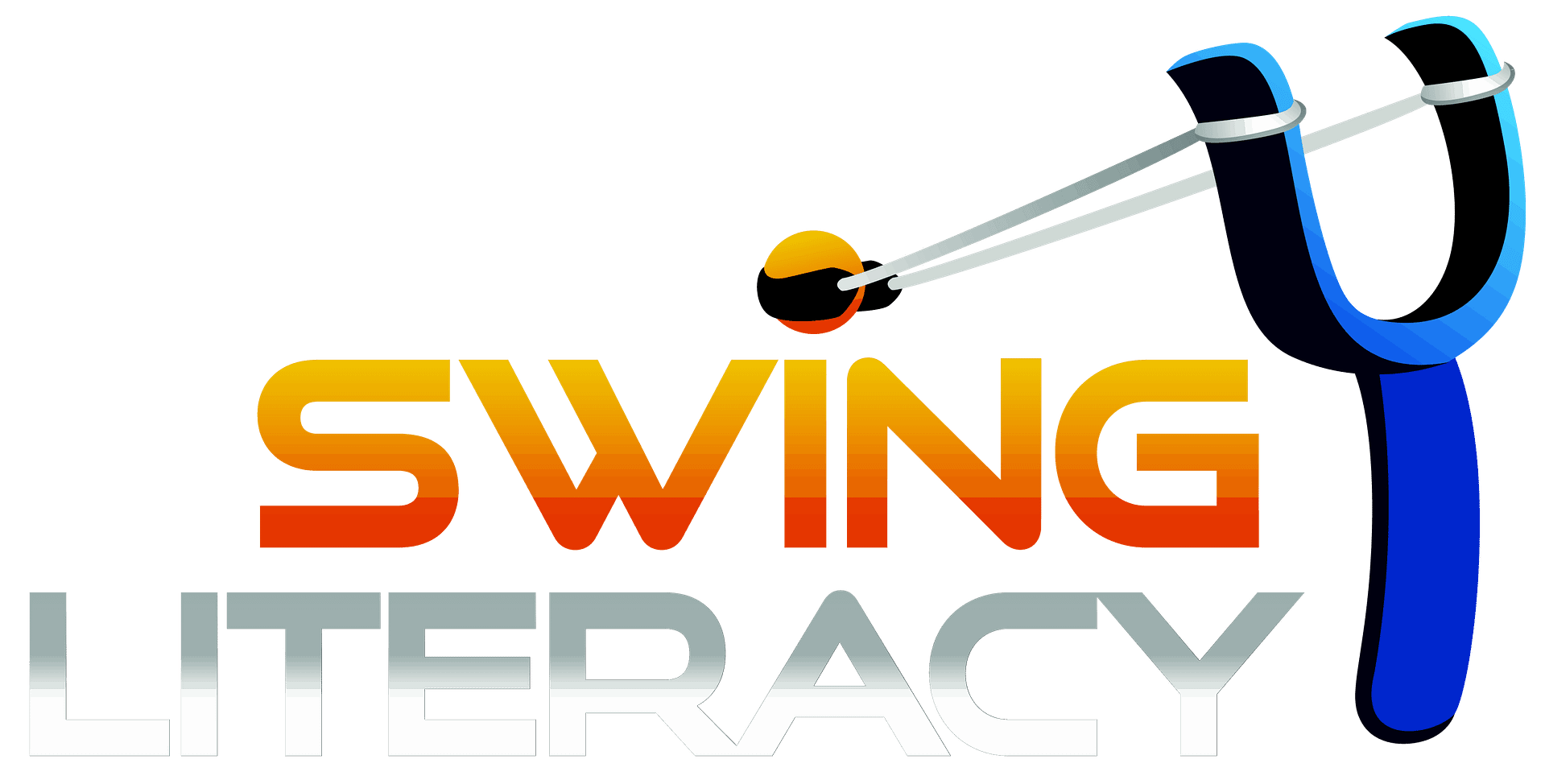

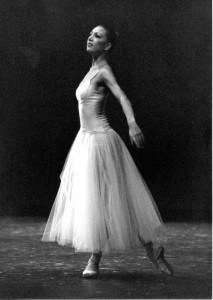
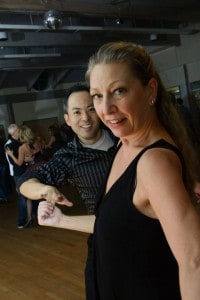
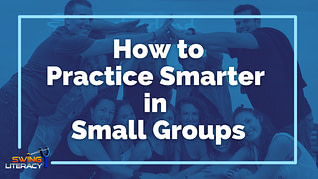
makes a lot of good points
interesting